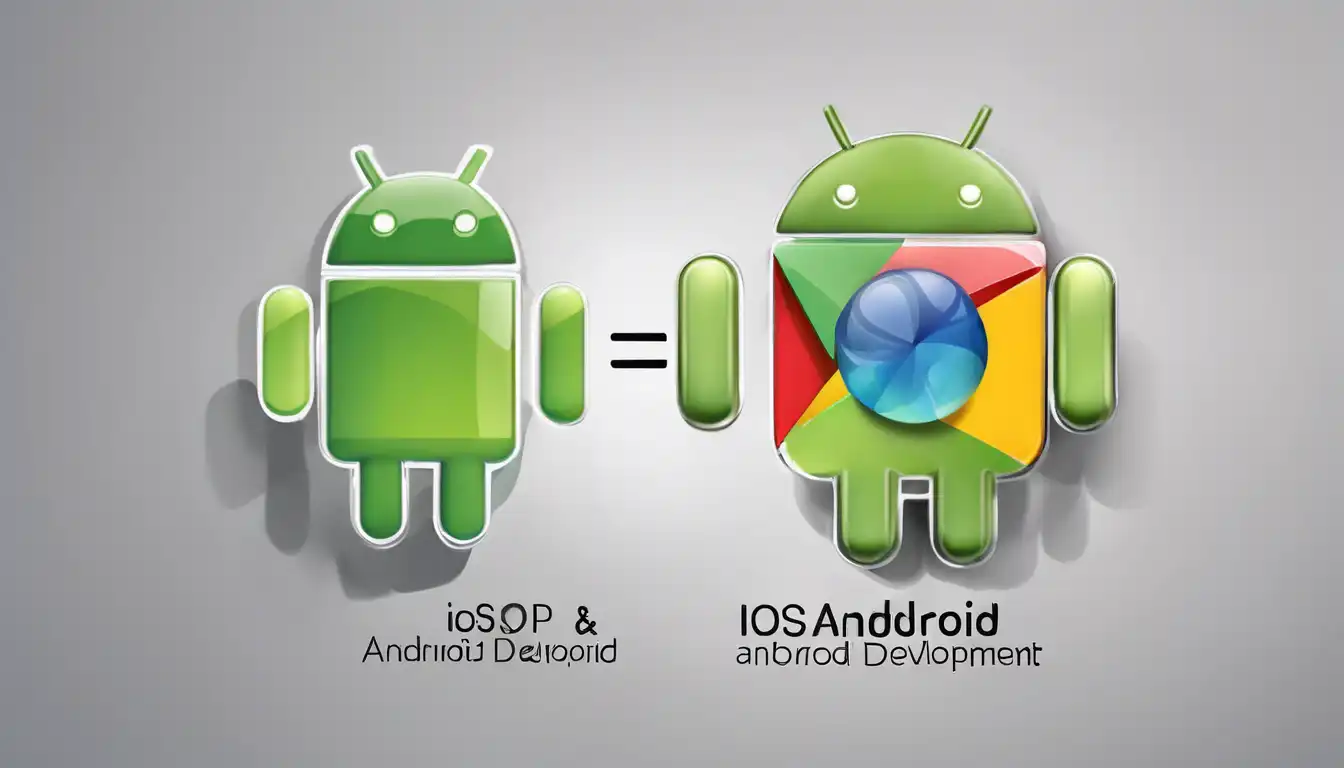Understanding iOS and Android Development
When it comes to mobile app development, iOS and Android stand out as the two dominant platforms. Each has its unique ecosystem, development tools, and user base. Understanding the differences between iOS and Android development is crucial for developers aiming to create apps that cater to the preferences and behaviors of their target audiences.
Development Languages
One of the primary differences lies in the programming languages used. iOS apps are primarily developed using Swift or Objective-C, while Android apps are built with Java or Kotlin. This distinction affects not only the development process but also the learning curve for new developers.
Development Environments
iOS development is done using Xcode, Apple's integrated development environment (IDE), which is available only on macOS. Android development, on the other hand, can be done on any operating system using Android Studio. This flexibility makes Android development more accessible to a wider range of developers.
Design Guidelines
Apple and Google have their own design guidelines—Human Interface Guidelines for iOS and Material Design for Android. These guidelines influence the look and feel of apps, ensuring consistency across the platform but also requiring developers to adapt their designs accordingly.
Fragmentation
Android's open nature leads to a wide variety of devices and OS versions, making fragmentation a significant challenge for developers. iOS, with its limited number of devices and controlled OS updates, offers a more uniform environment, simplifying testing and optimization.
App Store vs Google Play
The process of publishing an app also differs between the two platforms. Apple's App Store has a more rigorous review process, which can delay app launches but ensures higher quality standards. Google Play, while more lenient, allows for quicker deployments but may result in a higher number of low-quality apps.
Monetization Strategies
Monetization strategies can vary between iOS and Android. iOS users tend to spend more on apps and in-app purchases, making premium apps and in-app purchases more viable. Android, with its larger global user base, may benefit more from ad-supported models.
Conclusion
Choosing between iOS and Android development depends on various factors, including target audience, monetization goals, and development resources. By understanding the key differences outlined above, developers can make informed decisions that align with their project goals. For more insights into mobile development, explore our mobile development trends article.
